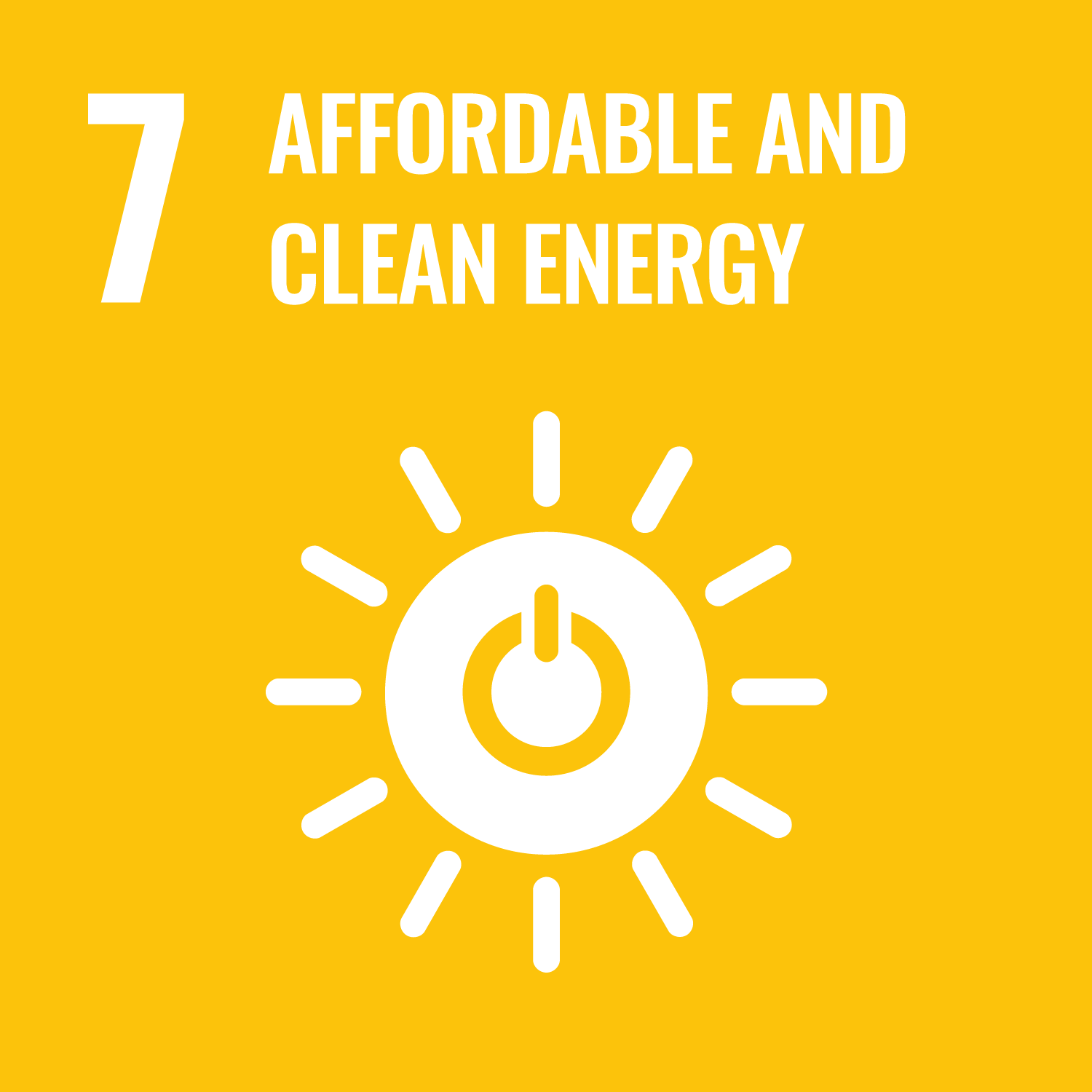Electronic structure is essential to understand the quantum mechanical behavior of electrons in materials, including stability
and reactivity. Computational chemistry is nowadays a versatile tool not only to support experimental evidences but also to
uncover more profound details that experiments by themselves cannot elucidate and to even predict properties of materials
without performing experiments. This class will be focused on several topics on computational quantum chemistry, ranging from
fundamental theories to practical calculations using softwares.
Students will acquire in-depth understandings of first-principles calculations based on quantum mechanics.
Students will be also able to use quantum chemical calculation software, analyze results, and explain chemistry and physics of electrons in materials.
Students will be also able to use quantum chemical calculation software, analyze results, and explain chemistry and physics of electrons in materials.
- To be able to explain quantum chemistry based on their mathematical and physical backgrounds
- To be able to run basic first-principle simulations using a computer
- To be able to analyze computational results of electronic structures of molecules
- To be able to effectively write and present scientific reports
| Reports | Total. | |
|---|---|---|
| 1. | 20% | 20% |
| 2. | 30% | 30% |
| 3. | 30% | 30% |
| 4. | 20% | 20% |
| Total. | 100% | - |
| Class schedule | HW assignments (Including preparation and review of the class.) | Amount of Time Required | |
|---|---|---|---|
| 1. | Introduction to quantum chemical calculations | none | 15minutes |
| 2. | Hartree-Fock theory (1) | Review the subjects learned in the 1st class, and solve the problems for the exercise in the next class for yourself. | 200minutes |
| 3. | Hartree-Fock theory (2) | Review the subjects learned in the 2nd class, and solve the problems for the exercise in the next class for yourself. | 200minutes |
| 4. | Group theory | Review the subjects learned in the 3rd class, and solve the problems for the exercise in the next class for yourself. | 200minutes |
| 5. | Geometry optimization and transition state | Review the subjects learned in the 4th class, and solve the problems for the exercise in the next class for yourself. | 200minutes |
| 6. | Analysis on wave function | Review the subjects learned in the 5th class, and solve the problems for the exercise in the next class for yourself. | 200minutes |
| 7. | Vibrational frequency | Review the subjects learned in the 6th class, and solve the problems for the exercise in the next class for yourself. | 200minutes |
| 8. | Beyond Hartree-Fock method (1) | Review the subjects learned in the 7th class, and solve the problems for the exercise in the next class for yourself. | 200minutes |
| 9. | Beyond Hartree-Fock method (2) | Review the subjects learned in the 8th class, and solve the problems for the exercise in the next class for yourself. | 200minutes |
| 10. | Simulating chemical reactions | Review the subjects learned in the 9th class, and solve the problems for the exercise in the next class for yourself. | 200minutes |
| 11. | Excited states | Review the subjects learned in the 10th class, and solve the problems for the exercise in the next class for yourself. | 200minutes |
| 12. | Band theory (1) | Review the subjects learned in the 11th class, and solve the problems for the exercise in the next class for yourself. | 200minutes |
| 13. | Band theory (2) | Review the subjects learned in the 12th class, and solve the problems for the exercise in the next class for yourself. | 200minutes |
| 14. | Summery of the subjects learned in this course | Review the subjects learned in the 13th class, and solve the problems for the exercise in the next class for yourself. | 200minutes |
| Total. | - | - | 2615minutes |
Grade will be evaluated based on reports.
A total score of 60 is required out of 100 to earn the credit.
A total score of 60 is required out of 100 to earn the credit.
| ways of feedback | specific contents about "Other" |
|---|---|
| Feedback in outside of the class (ScombZ, mail, etc.) |
For each class, there are three types of materials (pdf files) to facilitate the study.
Short textbook: Contains the background and important theories/ideas of the topic.
Slides: Will be used to briefly explain the topic.
Exercise: Will provide instructions on how to run calculations, followed by assignments.
Short textbook: Contains the background and important theories/ideas of the topic.
Slides: Will be used to briefly explain the topic.
Exercise: Will provide instructions on how to run calculations, followed by assignments.
Understanding of undergraduate-level linear algebra, quantum chemistry, and physical chemistry.
- Monday 15:00-17:00 at 10M25 Research building, Toyosu
- Students may contact the lecturer via email at tsuchimo@shibaura-it.ac.jp
- Course that cultivates a basic interpersonal skills
| Work experience | Work experience and relevance to the course content if applicable |
|---|---|
| N/A | N/A |


- 7.AFFORDABLE AND CLEAN ENERGY
- 9.INDUSTRY, INNOVATION AND INFRASTRUCTURE
Last modified : Wed Mar 05 04:10:38 JST 2025
